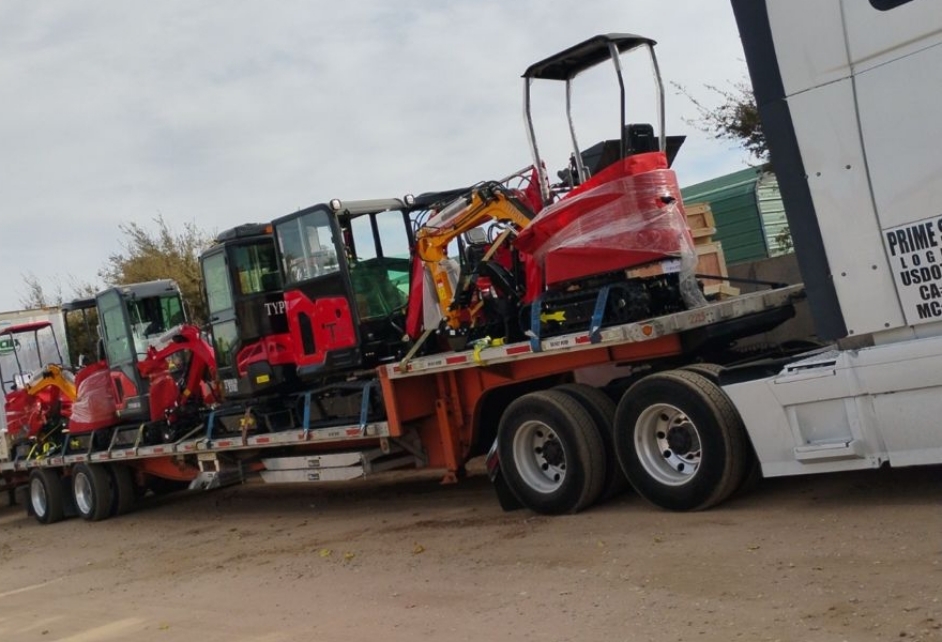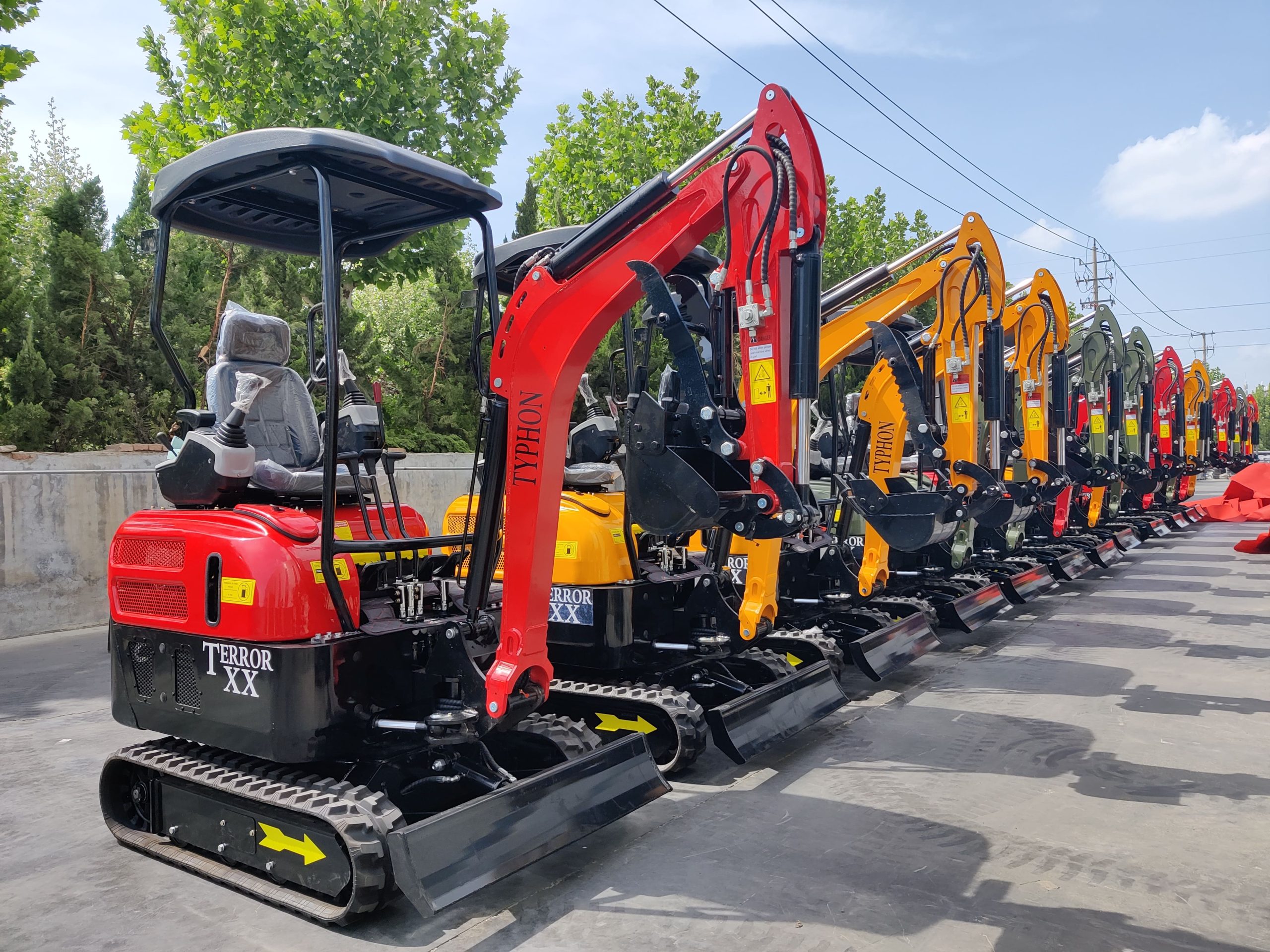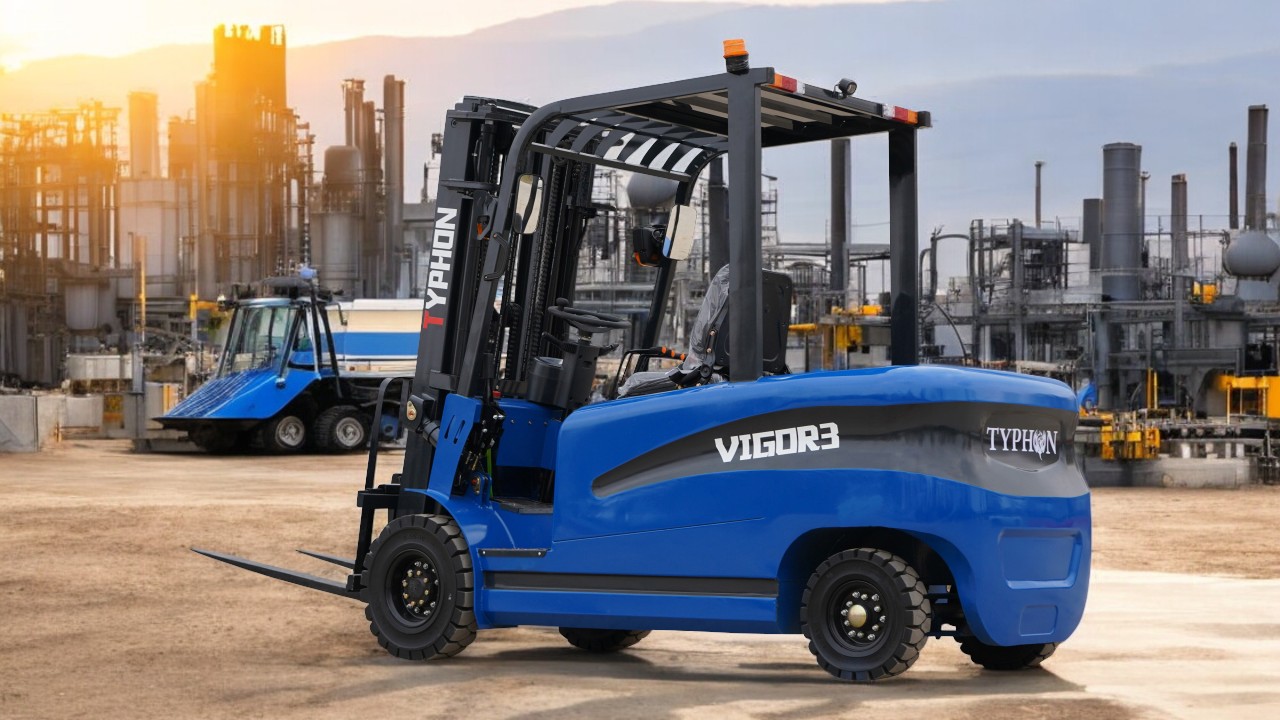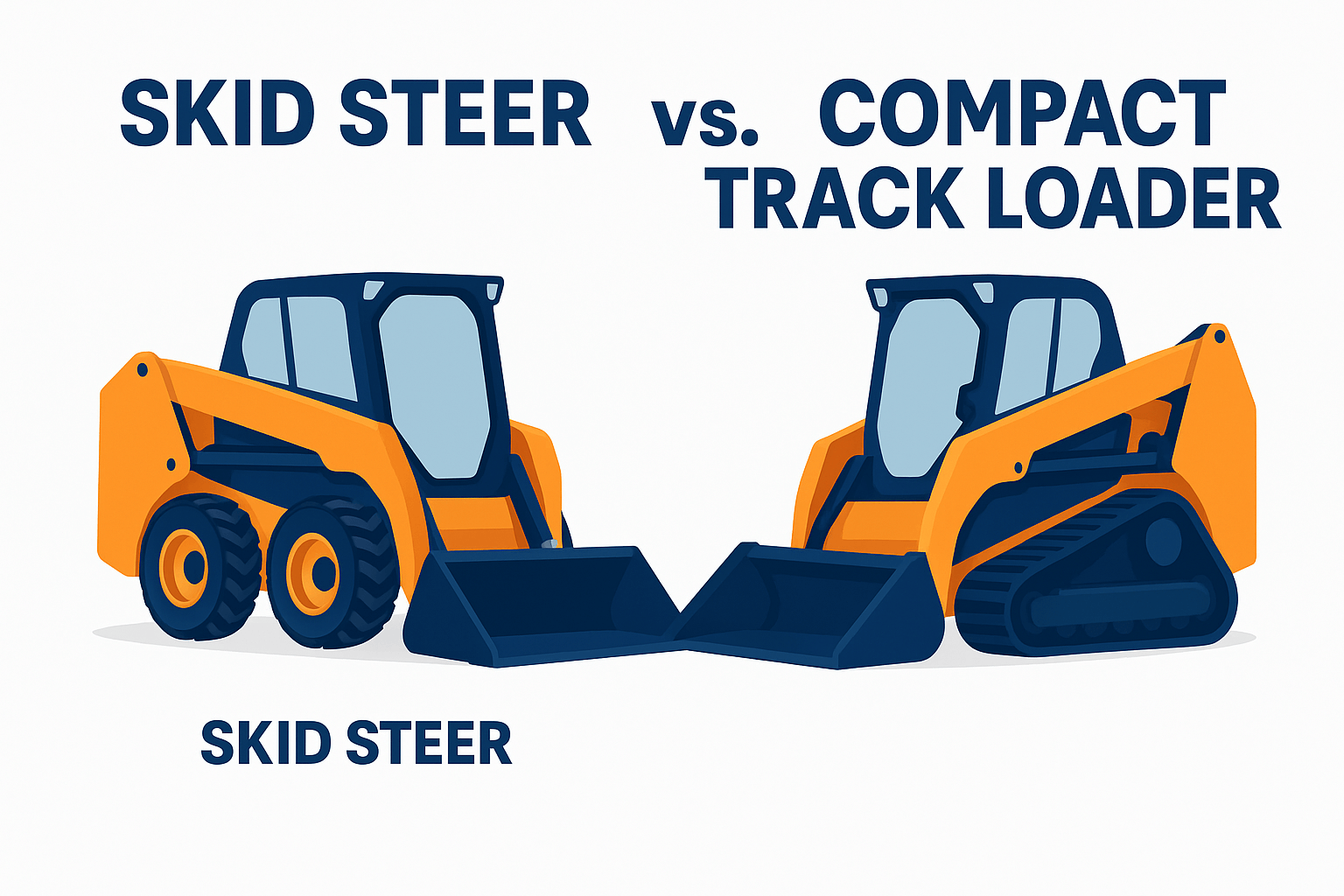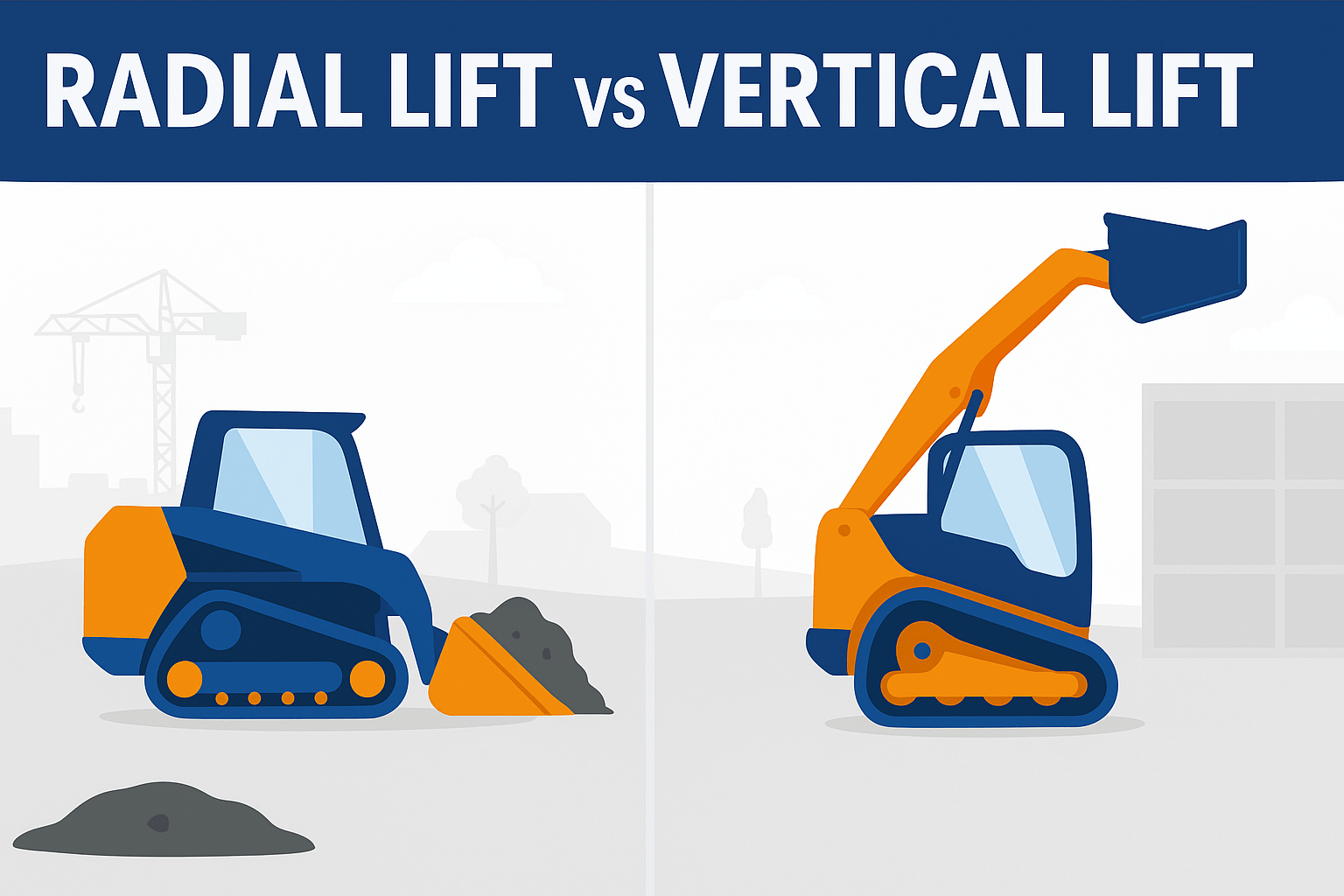Choosing the correct excavator sizes for a digging job may be time-consuming, especially given how vital it is to make the right decision. Even if you’ve decided to use an excavator, please ensure you select the appropriate size. If you pick one that’s too small or incapable, you won’t succeed. If you pick one that’s too big, it may not only be wrong for the job, but it may also be too pricey. So, how do you select which excavator size is best for you?
Excavators come in a variety of sizes, including tiny, midi, standard, and big. To choose the appropriate excavator size, you must first understand your available alternatives.
Mini or Compact Excavator
This is the smallest type of excavator, and it is very excellent for squeezing into tight locations. Another advantage is that compact excavators are small enough to be transported by Class 1 and 2 trucks, which in many jurisdictions do not require a commercial driver’s license. This level of mobility makes them popular among those who work in different places.
Mini excavators are ideal for inside jobs, sewage repairs, water line installs, and other tasks that do not necessitate the size and power of bigger machines.
Midi Excavator
Midi or mid-sized excavators are ideal for people who operate in tight locations but want more reach and power than a compact excavator can offer. Midis may also be employed on more common jobs like as building construction and landscaping, while still having the benefit of enhanced agility due to their compact size.
Standard Excavator
Standard or full-sized excavators, sometimes known as “crawler” excavators, account for the vast majority of excavators on the market. The most typical crawlers weigh between 19 and 24 tons and are most commonly used in commercial construction. Standard excavators have more power and reach, and their hydraulic systems allow them to handle a variety of tool attachments.
Large Excavator
The largest class of excavators is useful for major construction and demolition projects that require the maximum of power and capacity. Although large excavators are unmatched in power, their size presents significant drawbacks: they necessitate oversized trucks and trailers for transportation and are difficult to store.
So which excavator size is right for you?
The easiest method to choose an excavator size is to assess your project’s requirements in many important areas. Here are the important considerations when buying an excavator:
Digging Depth
It is critical to verify that the excavator you select has the necessary reach to suit the depth of your project. If the majority of your tasks fall into one depth category and you just have a few that require greater reach, it may be worthwhile to purchase the machine you use the most and then rent a bigger piece of equipment on an as-needed basis.
Lifting Capacity
Larger excavators can lift bigger and heavier loads. Standard and big excavators use hydraulics to power their largest lifts.
Budget
Larger excavators are pricier, but selecting an undersized piece of equipment might be a costly error if you are unable to complete your digs satisfactorily. If you only use excavating equipment on occasion, renting rather than purchasing an excavator can help you save money on maintenance and storage.
Counterweight Options
Lifting capability is determined by more than simply power; the excavator must also have enough counterweight to withstand the strain of the lift. Please ensure that the equipment you purchase includes a counterbalance that aligns with the weight of your lifting requirements.
Bucket Capacity
Excavator sizes are mostly defined by the machine’s overall dimensions, but the things you lift must also fit in the excavator bucket.
Hydraulic Attachments
For bigger tasks or those that require several tool attachments, a hydraulic excavator may be a better option. What tools do your projects need? Ensure that the excavator you choose is compatible with the appropriate accessories.
Considering a Backhoe Instead
Keep in mind that for digging tasks there are many other choices besides excavators; in some situations it could be more sensible to use a backhoe instead. Backhoes are often smaller and more maneuverable than excavators, but they are comparable. They also have a greater range of attachments, so if your project calls for adaptability, a backhoe could be the more sensible option.
Test It Out
While taking these elements into account will help you understand your project’s requirements, the best way to ensure you select the right machine is to work directly with a specialist. Different excavators have various-sized and designed cabins as well; hence, the only way to really know what size you want is to test it out personally. While weighing your alternatives, phone your rental partner and find out whether you can try the equipment on their lot.

